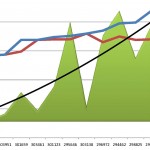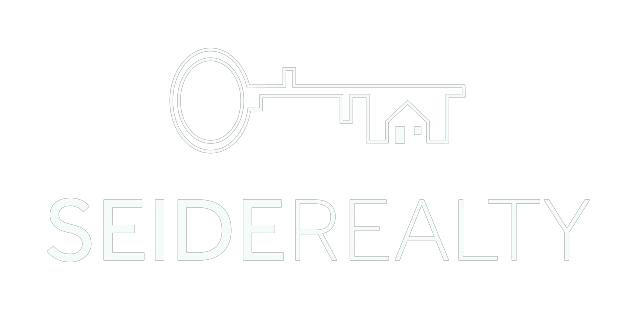A great first step toward buying a house is getting a firm handle on your finances. Understanding what your income and expenses actually are right now will help you decide how much home you can afford, how much you can expect to save for a down payment, and what extra monthly expenses you can live with.
1 – Your Budget

Put together a budget
Start by putting together a household budget. Instead of creating a budget of what you’d like to spend, use receipts to create a budget that reflects your actual spending habits over the last several months. This approach will factor in unexpected expenses, such as car repairs, as well as predictable costs such as rent, utility bills, and groceries.
You probably know how much you spend on rent and utilities, but little expenses add up, too. Try writing down everything you spend for one month. You’ll probably spot some great ways to save, whether it’s cutting out that morning trip to Starbucks or eating dinner at home more often.
2 – Get Tax Advise
If you have enough money on hand you may decide to pay cash for your new home. Before making a decision on this talk to your accountant or financial adviser, they can help you look at what return you would get on that money in another investment and what tax benefits you will get by taking out a loan. Usually paying cash costs you less overall, but it is good to make sure that it is the right choice for you.
If you don’t have the cash to buy the home you want you need to either wait & save more money or take out a loan. Most people take a loan to buy their home, but that doesn’t mean you don’t need some of your own money to buy a home.
3 – Do You Have the Cash?
Make a reasonable estimate of the cash you’ll need to buy a home – that would be your down payment plus closing costs. You will need to do some research or talk to a Realtor® or Lender to get an estimate of these costs – they vary by location so talk to someone in the area you are buying to get accurate numbers.
It’s possible to get a mortgage with only 5% down, but you can usually get a better rate with fewer fees if you put down a larger percentage of the total purchase. Aim for a 20% down payment and you should be getting the best rates.
4 – Budget Again!
If you don’t have enough money saved yet put together a plan of how to get it. You can designate a certain amount of money each month to put away in your savings account.
Increasing your income is another great way to help save for your home. Now’s the time to ask for a raise! If that’s not an option, you or your spouse may want to consider taking on a second job until you have enough money saved for a down payment.
5 – Don’t Quit Your Job
Try to stay with the same employer, because work history is important. You don’t need to be in the same job forever to qualify for a home loan, but having a job for less than two years may mean you have to pay a higher interest rate. Also, moving to a new area or starting in a new field within the last 12 months may make harder or more expensive to get a loan.
6 – Pay Down Loans
Also, if your money is already committed to too many other things you won’t be able to get a loan. Lenders generally look for a “total debt load” of no more than 36% of income. This figure includes your mortgage, which typically ranges between 25% and 28% of your net household income. So, you need to get monthly payments on the rest of your installment debt — car loans, student loans, and credit cards — down to between 8% and 10% of your net monthly income.
